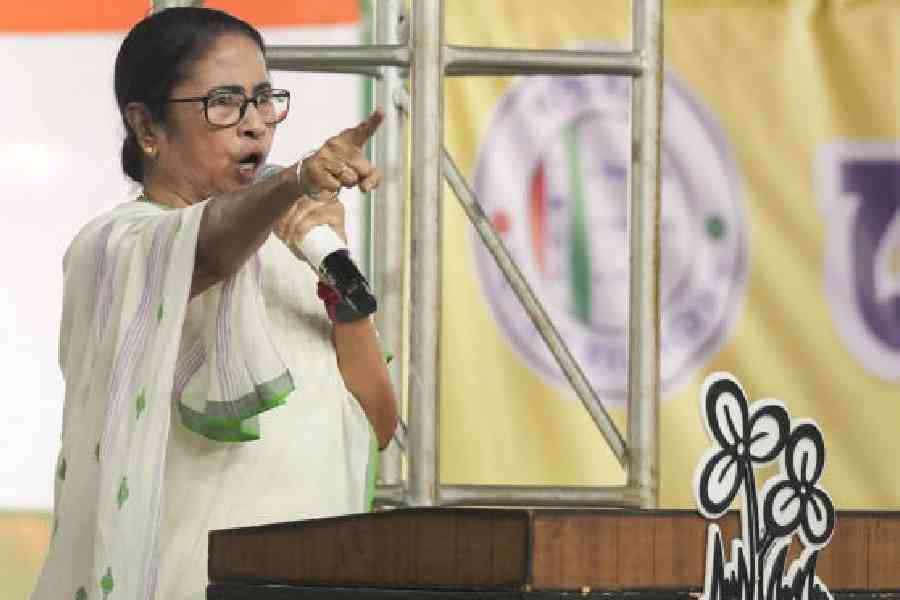Women who thought they could “have it all” have had it up to here, according to a survey of women in Great Britain commissioned by health magazine Top Sante. The results were depressing: eight out of 10 women wanted to change their lives, nine out of 10 women who worked full time also did most of the work around the house, and eight out of 10 were sick of coping with the different roles they were supposed to play.
But the biggest complaints concerned body image: 92 per cent of the women surveyed were unhappy with the way they looked, while 85 per cent said that they worried about their size and shape on a daily basis, and 26 per cent were willing to consider cosmetic surgery to change the way they looked.
What I want to know is, who are these women? Not the 92 per cent who’re unhappy with their bodies but the eight per cent who said they were satisfied with what they saw in the mirror — how come they’re so out of step with the rest of the female world?
Every now and then, the papers carry a piece on some former icon of beauty — Meher Bhasin, Pooja Bedi, Gul Panag — urging Indian women to be more comfortable with their natural selves, or complaining that present-day standards of beauty are too exacting.
These stray pieces might make more of an impact if they didn’t run alongside articles on the film world bitching about how Preity Zinta/ Monisha Koirala/ Aishwarya Rai looked awful, was too fat, or too unkempt on a particular day. Fair & Lovely’s new ads promise to makeover your entire life just by turning you a whiter shade of pale (and for some reason I find myself thinking of the ads in Yankland aimed at straightening black women’s naturally curly hair in another kind of body racism). The message we’re bombarded with is that there’s something wrong with us: we’re too fat, too thin, too short, too tall, too curvy, too angular, too dark, too pasty.
All we’re doing, though, is feeding the cosmetics industry. In a survey of cosmetics industry executives, they were asked to rate each decade’s breakthroughs. In the 1950s, it was wand mascara, hair colouring and aerosol hairspray. (I hate to be a party pooper but in those days, mascara used to be tested on animals, so for every sparkly set of eyes, there was a blind rabbit out there somewhere; aerosols were proved to be harmful to the ozone layer; and hairspray contains ingredients that could be carcinogenic.)
In the 1960s, false eyelashes, the bob haircut and anti-perspirant deodorants ruled. The Seventies took us to lip gloss, disposable razors and hand-held blow dryers. The 1980s produced collagen — the stuff you have injected into your lips to make them plumper and as a side-effect, about as sensitive as a wad of cotton — sunscreen, and one-coat nail polish. The 1990s brought in wrinkle-reducing cream, non-smudging lipstick and unisex colognes. By 2000, tooth-whitening strips, wrinkle fillers and products like Botox were the thing.
So that’s the score. Ninety-two per cent of British women, and I’m assuming a roughly equal number of Indian women, are going to spend their youth obsessing about weight, their prime obsessing about having the right look, and the rest of their life angsting about ageing. You can’t even grow old gracefully any more—unless you rank among that anomalous eight per cent!










